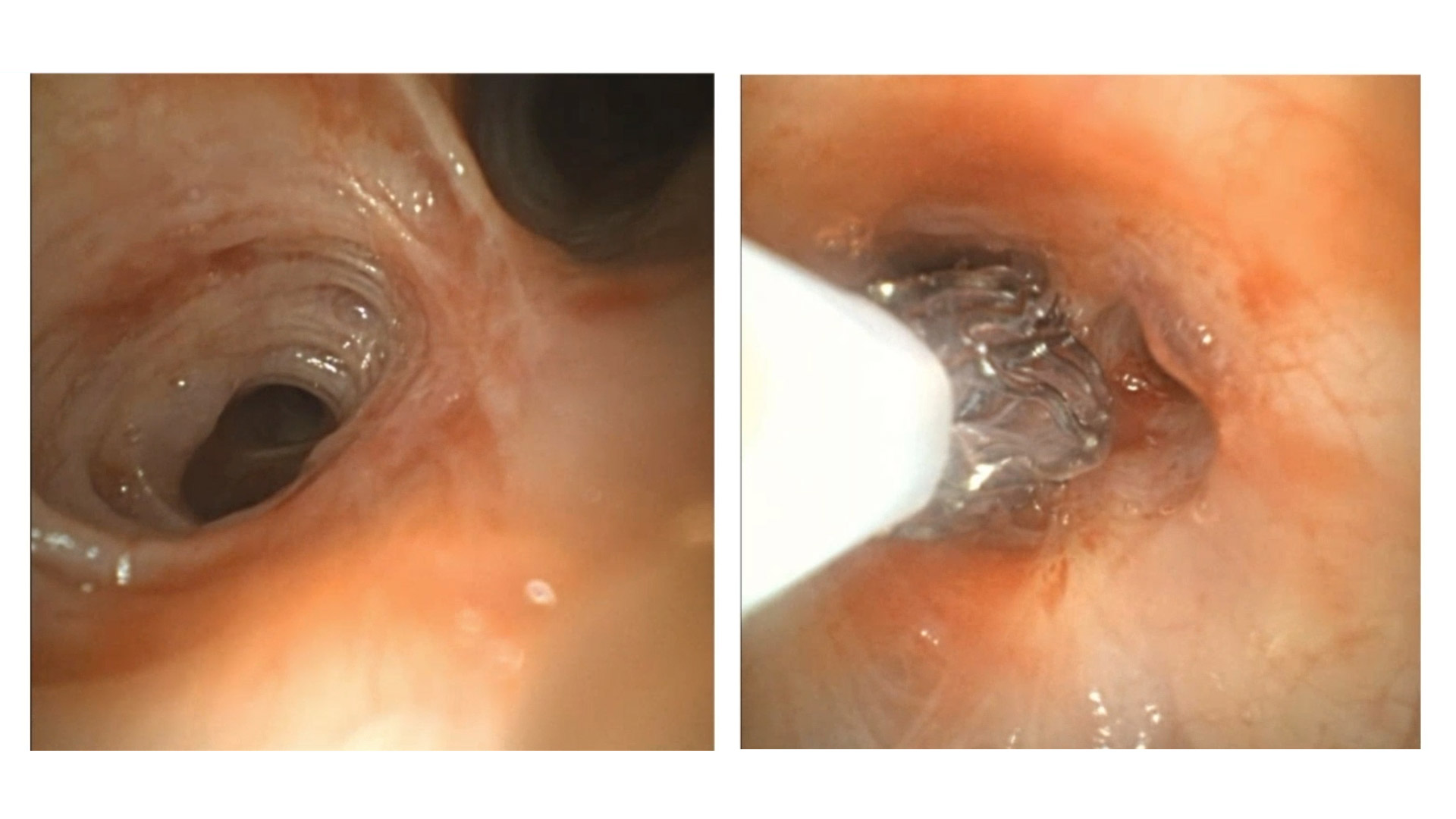
Cross-contamination rates of patient-ready reusable bronchoscopes and advances in single-use bronchoscopy top our rankings of the most-read pulmonology articles from the first half of the year.
Also cracking the list — compiled from January 1 through the end of June — was a story predicting the endoscopy and pulmonology trends to watch in 2023. A look at the risks of sterile processing staffing shortages was another top reader choice.
Here’s the list. Sign up for our weekly newsletters here.
5. 5 Things to Know About Pulmonary Rehabilitation (singleuseendoscopy.com)
The annual celebration of National Pulmonary Rehabilitation Week is designed to highlight the importance of pulmonary rehab programs to the health and quality of life of lung disease patients — estimated to number more than 34 million in the U.S. alone.
Organized by the American Association of Cardiovascular and Pulmonary Rehabilitation (AACVPR), this year’s National Pulmonary Rehabilitation Week took place March 12-18.
4. Sterile Processing Staffing Shortages Carry Risks, Experts Say (singleuseendoscopy.com)
Pulmonologists and other clinicians know the frustration of reaching for a reusable endoscope, only to find it tied up with reprocessing or repairs, forcing procedural delays.
As sterile processing departments confront staffing shortages so common in healthcare since the COVID-19 pandemic, the problem has only grown worse.
3. Trends to Watch in 2023: Endoscopy and Pulmonology (singleuseendoscopy.com)
Artificial intelligence, supply chain, robotics and the role of clinical feedback in advancing innovation are expected to drive pulmonology conversations in 2023.
The field of interventional pulmonology will continue to expand in both diagnostic and therapeutic areas, experts say.
2. Webinar: Redefining What’s Possible with Single-Use Bronchoscopes (singleuseendoscopy.com)
One of Dr. Jonathan Kurman’s favorite benefits of single-use bronchoscopes is knowing that he starts every case with a “perfect” scope.
“Single-use is the gold standard,“ said Kurman, director of interventional pulmonology at Froedtert & the Medical College of Wisconsin, in a recent webinar presented by the Society for Advanced Bronchoscopy and sponsored by Ambu. “There’s nothing cleaner than a scope that’s never been used before.”
1.Study Examines Reusable Bronchoscope Cross-Contamination Rate (singleuseendoscopy.com)
The estimated cross-contamination rate of patient-ready reusable bronchoscopes is more than 8 percent, according to a recent literature review.
That meta-analysis — written by Helena Travis, a global health economist, and others — was published in February 2023 in the Journal of Infection Prevention.


